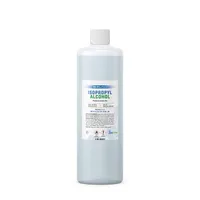How to get rid of spider mites on houseplants using apple cider vinegar, rosemary oil and more
Need to find out how to get rid of spider mites on your indoor plants? We've got your back with the many ways to bid pesky plant pests adieu.

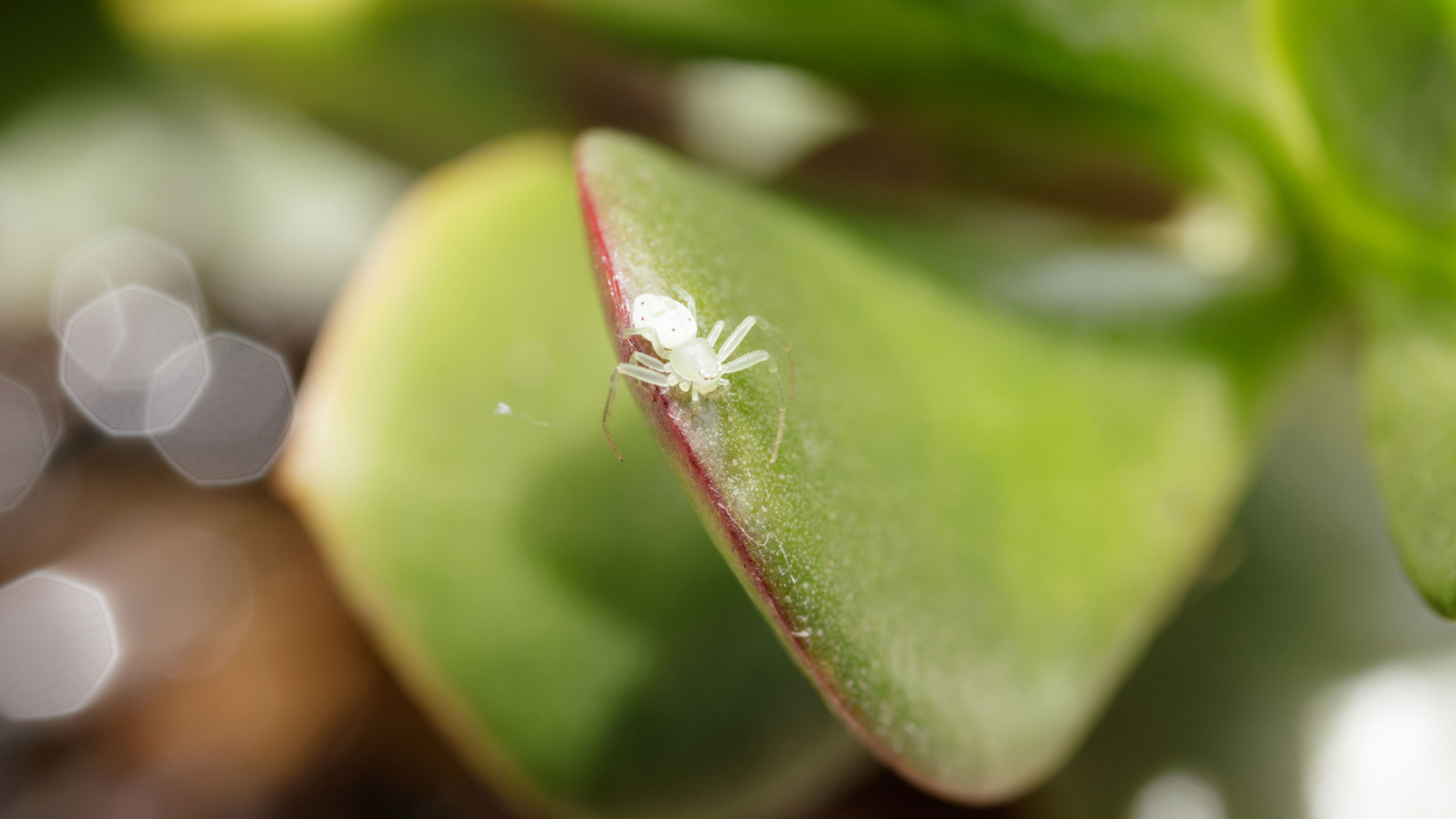
Wondering how to get rid of spider mites? Don't worry, you've come to the right place.
The smallest members of the arachnid family are a bane of your houseplants' existence and will test even the most green-fingered pro. Typically, when plants are stressed from hot weather and dehydration, they are especially vulnerable to spider mites who thrive in dry, warm conditions.
The easiest way to identify spider mites on your plant is by their webbing. They produce thin silk-like webs to protect themselves and their eggs. As the infestation gets bigger, so will the webs.
Another clear indicator is plant damage. Look for bleached, yellow or discolored leaves or if you see tiny white or brown spots under the leaves it's a red flag for a severe case.
Not sure this is the right plant insect invader? Check our how to identify houseplant pests guide to find the culprits.
Another way to spot the signs comes from Martha Stewart's blog:
'To check for the presence of spider mites, hold a piece of white paper beneath the leaves of a plant, and gently shake the foliage. If tiny bugs fall onto the paper, there's a problem.'
Get small space home decor ideas, celeb inspiration, DIY tips and more, straight to your inbox!
'Don't use traditional pesticides; gardeners often attack their plants with bug sprays, only to find their spider mite situation worsen. That's because these insecticides kill the natural predators of spider mites -- lady beetles, lacewings, and predatory mites among them. There are specially formulated "miticides" on the market, but because of their toxicity, you should consider these a last resort.'
Luckily, armed with Martha's advice, we're here to round up all the best natural ways to rid your houseplants of this tiny terror once and for all.
Prune affected leaves
The first thing to do when figuring out how to get rid of spider mites is to inspect the leaves and stems and prune any that you see have signs of infestation.
Make sure you throw the affected parts in the outside trash to prevent spreading the mites to your other plants. It's also a good idea to follow this with one of the below control methods to make sure the mites are well and truly gone for good.
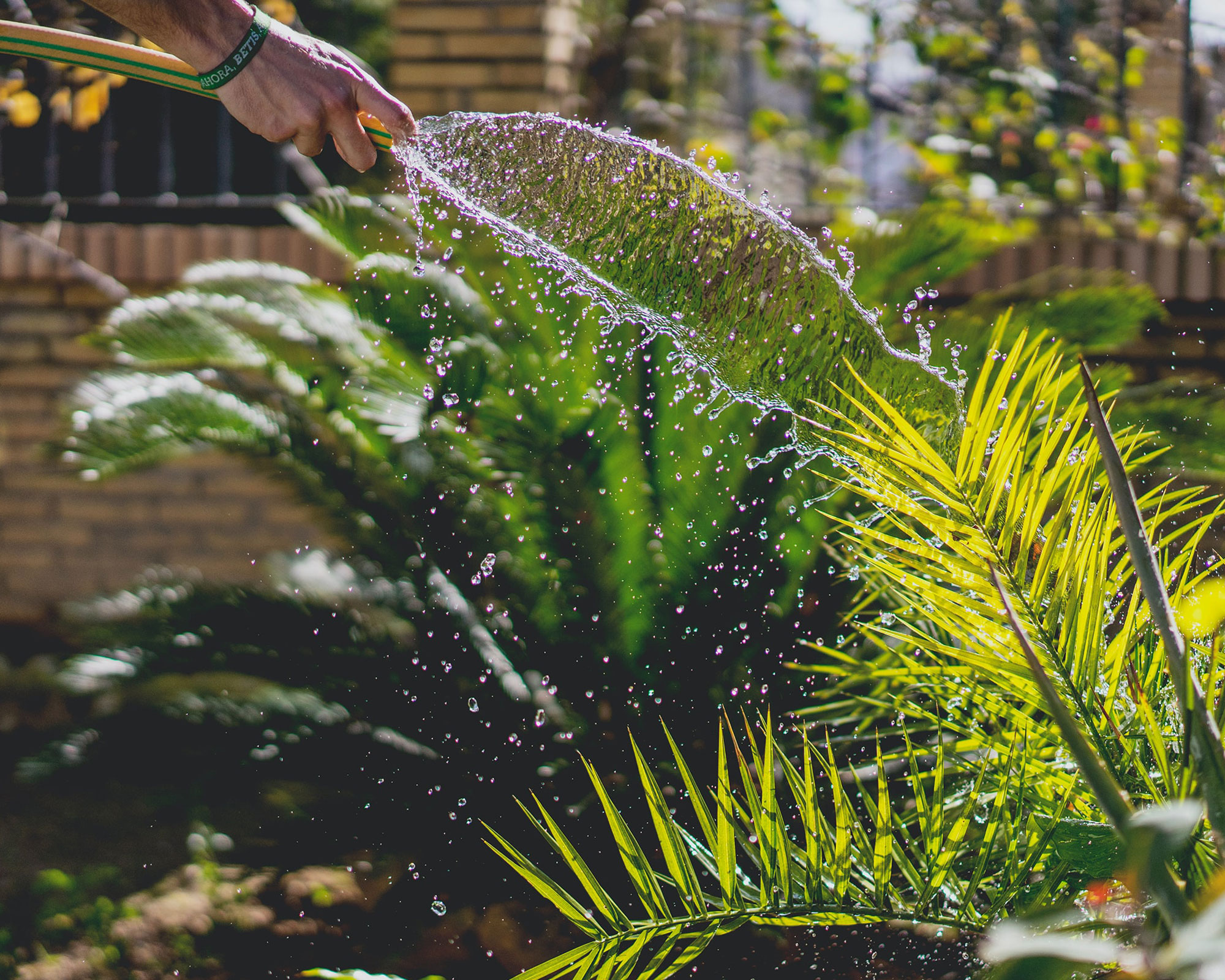
Give plants a good hose down
Sometimes nothing beats a long shower to work out a problem, and plant problems are no exception.
After pruning your spider mite infested plant, place it in the sink or take it outside to hose down all the leaves and dislodge the critters.
- Learn more about the 6 common plant diseases to look out for to keep your plants growing strong and healthy.
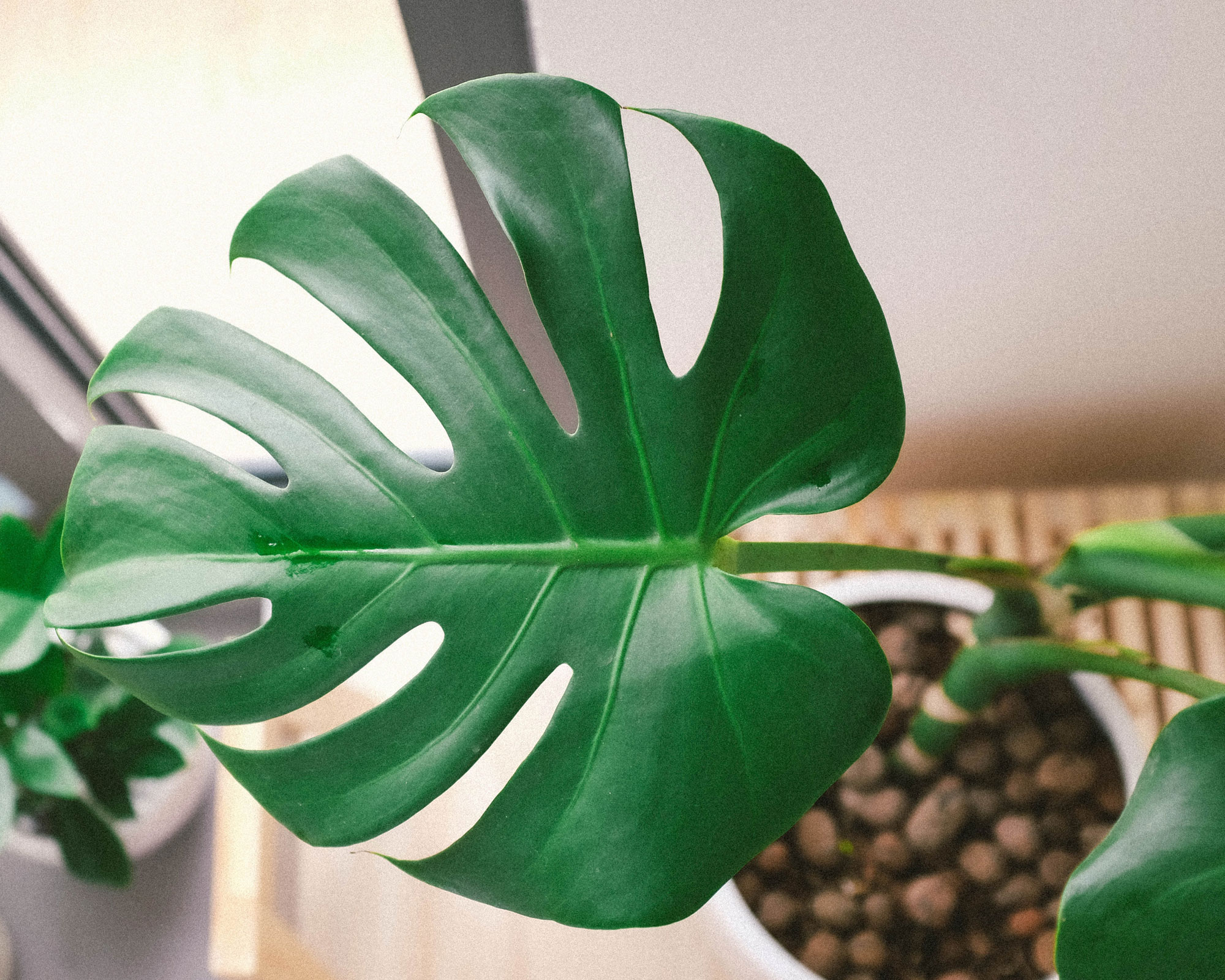
Spray neem oil to keep spider mites at bay
Neem oil is great for controlling all sorts of houseplant pests, including spider mites, mealybugs and aphids.
Non-toxic to humans and pets, it works by smothering the mites, eventually killing them in the process. The added bonus is it has long term fungicidal benefits as the plant's roots will absorb the oil and when a new pest tries to invade the plant they'll get a mouthful of deadly neem.
You can make your own spray solution to spritz over your plants with this simple how-to.
- Mix 2 tbsp of neem oil, 1 tbsp of castile soap and 1ltr of water in a spray bottle.
- Spray liberally under leaves, stems and anywhere you see the spider mites.
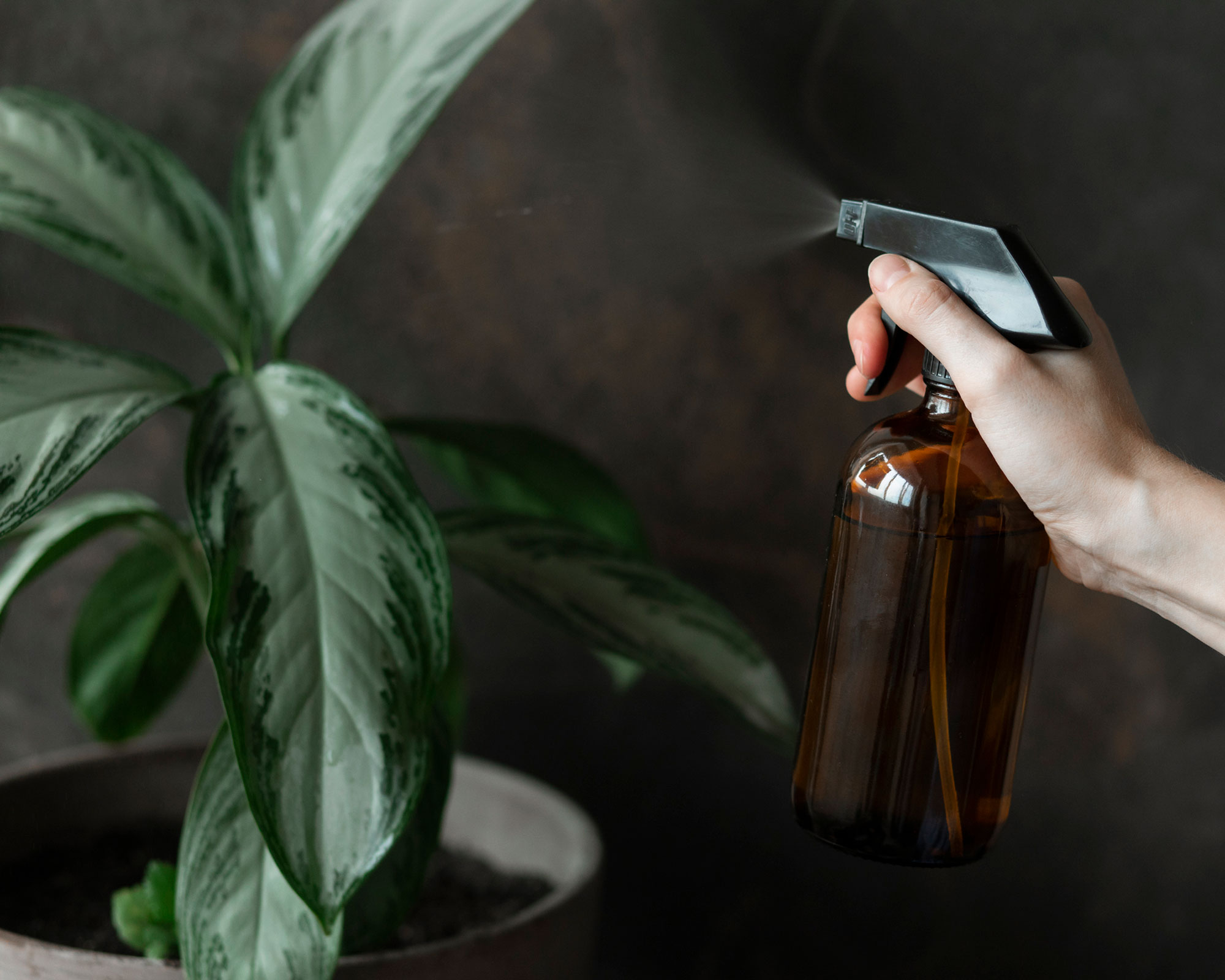
Deter spider mites with an apple cider vinegar spray
Apple cider vinegar has so many great benefits. One being that it's highly acidic which plant pests such as spider mites loathe, earning it top pest control points.
Make a simple spider mite spray using ACP by doing the following:
- Mix a 3 tbsp vinegar, 1 tbsp baking soda and a few drops of liquid dish soap in 1ltr of lukewarm water in a spray bottle.
- Spritz wherever you spot spider mite activity until they are long gone.

Get rid of spider mites naturally with rosemary oil spray
Rosemary oil has natural insecticidal properties and researchers at Cornell University have found in particular that: 'Rosemary oil was found to be an effective contact toxicant against two-spotted spider mites.'
If you're dealing with spider mites on a particularly delicate plant, you'll be safe in the knowledge that the essential oil won't harm it. It's also a great non-toxic option if you have pets and small humans to consider.
Here's how to make a rosemary oil insecticidal spray:
- Dilute a tsp of rosemary oil in 1ltr of water and fill a spray bottle.
- Spray generously on the plant's stems and leaves, paying extra attention to the undersides.
- Repeat daily as necessary.
- If you don't see a change in spider mite activity, up the ante with a dash more oil.
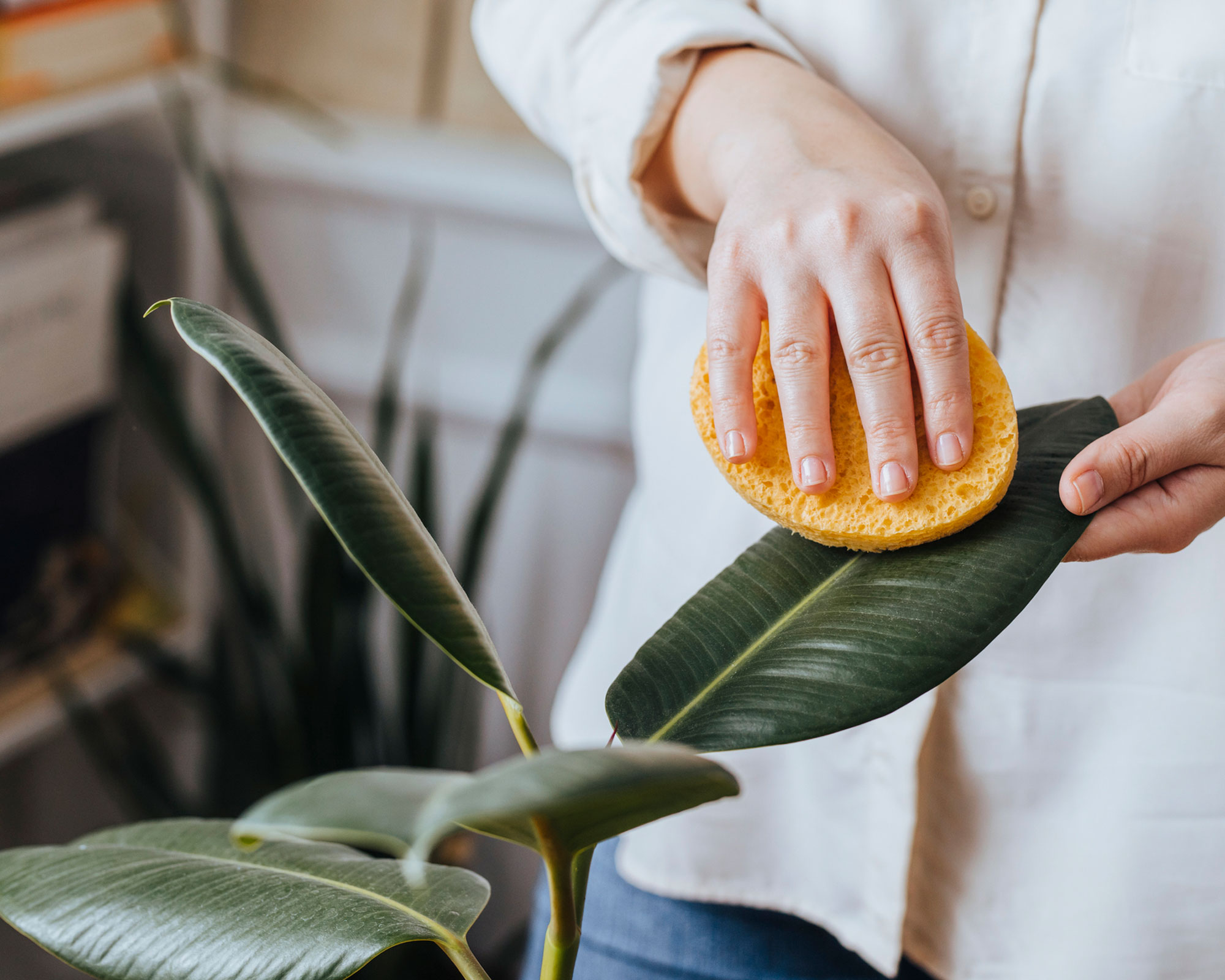
Kill spider mites with rubbing alcohol
Rubbing alcohol is said to kill spider mites on contact and is also good at killing off other plant pests like mealybugs, whitefly and aphids. Apply a 70% alcohol solution to a clean sponge or cloth and wipe on the underside of the plant's leaves, or make up a diluted version.
Warning: Do a small patch test on plants with sensitive, delicate leaves. If you notice the leaves showing signs of burn, dilute the alcohol solution further.
Here's how to make up the diluted version:
- Mix one part rubbing alcohol (Isopropyl alcohol) with one part water.
- Use a clean cloth to wipe the plant's leaves, paying particular attention to the undersides where spider mites like to hang out.

Jenny is Senior Digital Editor and joined the team in January 2021. She also works on the homes brands' video show, on the Future Homes Network, which is packed full of ideas to help you make the most of your own home and garden. Since getting on the property market with her first apartment and then more recently a house, her passion for interior design and gardening has taken on a new lease of life. Jenny's currently on the lookout for a doer-upper to put her stamp on. She loves collecting and salvaging unique items (much to her other half's despair) but sniffing out stylish home bargains is her one true love. When she has a spare minute, she loves to do a spot of crafting, having studied textiles at Uni – although she hardly gets the chance with a toddler who keeps her permanently on her toes.

